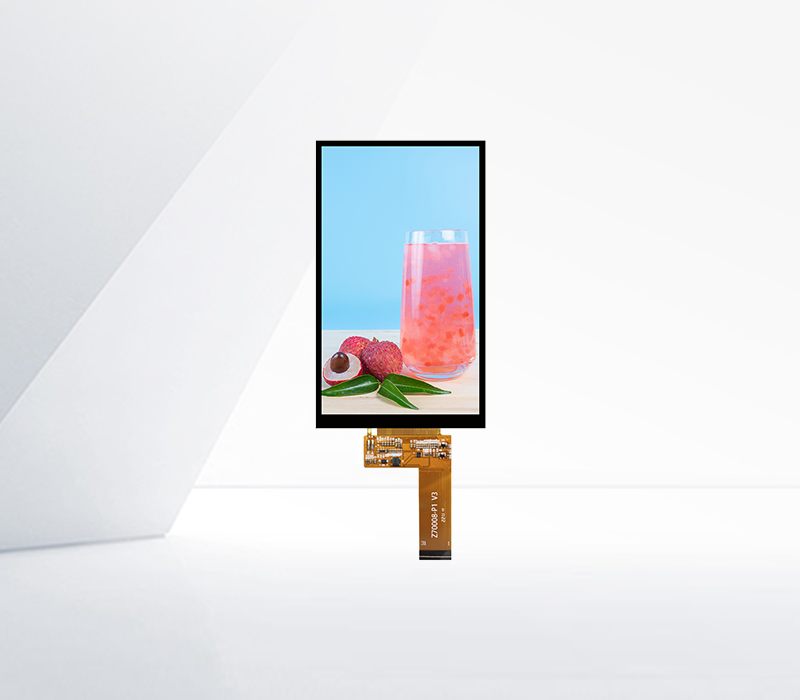




LCD (Liquid Crystal Display) technology has undergone significant technological iterations over the years, leading to remarkable improvements in performance, functionality, and cost - effectiveness.
In the early days, LCDs had limited color accuracy and low contrast ratios. The liquid crystal materials used were relatively basic, and the backlight technology was often a simple cold - cathode fluorescent lamp (CCFL). As technology advanced, new liquid crystal materials were developed. For example, in - plane switching (IPS) technology was introduced. IPS panels offered much better viewing angles compared to traditional TN (Twisted Nematic) panels. With IPS, the image quality remained consistent even when viewed from extreme angles, which was a major drawback of early LCDs.
Another significant development was the improvement in backlight technology. The transition from CCFL to LED backlights was a game - changer. LEDs offered higher brightness, better energy efficiency, and a more uniform light distribution. They also enabled the development of thinner displays. Additionally, the use of quantum dot technology in LCDs has further enhanced color accuracy. Quantum dots are tiny semiconductor particles that can emit light of specific colors when excited. By incorporating quantum dots into the backlight system, LCDs can achieve an even wider color gamut, producing more vivid and accurate colors.
In terms of resolution, LCDs have also evolved. From the standard definition (SD) displays of the past, we now have high - definition (HD), full - HD, and even 4K and 8K resolution LCDs. Higher resolution means more pixels, resulting in sharper and more detailed images. This has been made possible by advancements in manufacturing processes that allow for the creation of smaller and more precisely placed pixels. Moreover, the response time of LCDs has been continuously reduced. Faster response times mean less motion blur, which is crucial for applications such as gaming and watching fast - paced videos. Through a combination of improved liquid crystal materials and better driving circuitry, modern LCDs can offer response times as low as a few milliseconds.
